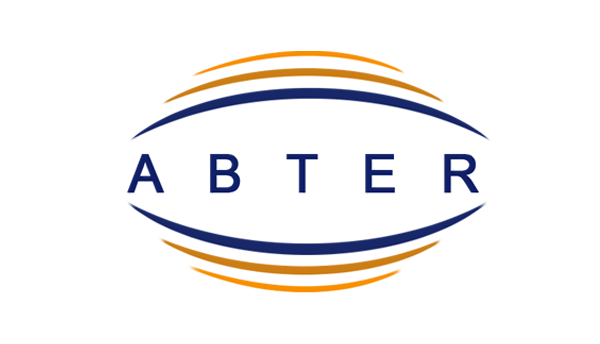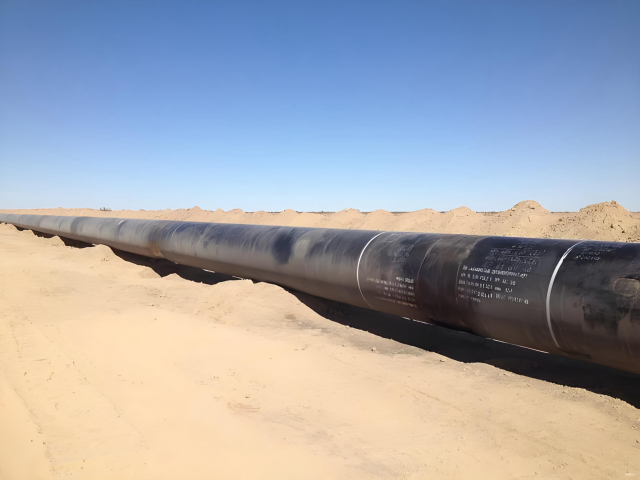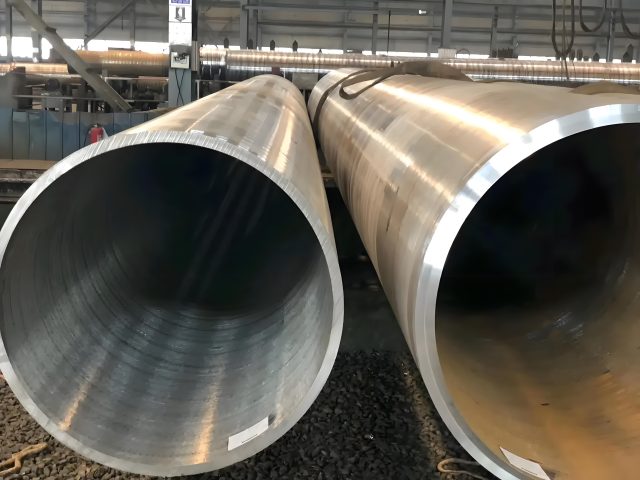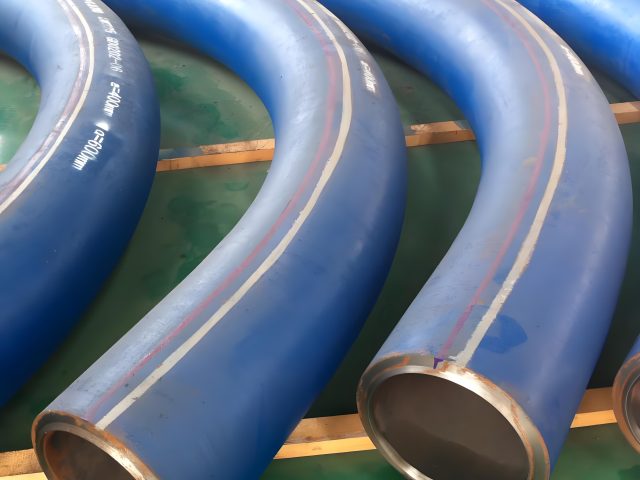The Corrosion Mechanisms of Galvanized Steel in Water Systems
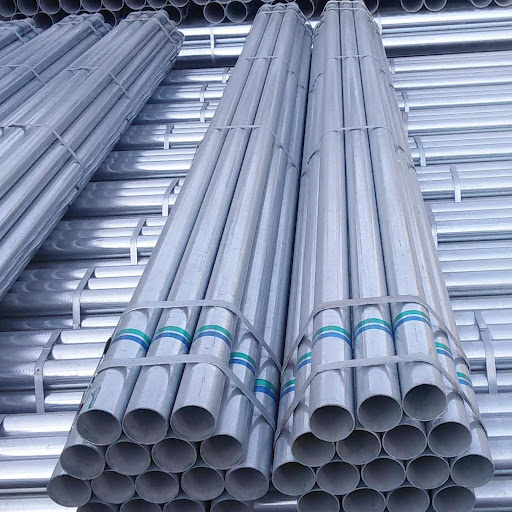
Research on Corrosion and Inhibition of Galvanized Steel Pipes in Water Supply Systems
The study of corrosion and its inhibition in **galvanized steel pipes** within water supply systems is a critical area of infrastructure science, merging electrochemistry, material engineering, and public health concerns. Dealing with this topic requires dissecting the fundamental mechanisms of zinc and iron degradation, and then exploring the chemical and physical strategies used to mitigate these effects and prolong system life.
The Corrosion Mechanisms of Galvanized Steel in Water Systems
Galvanized steel pipes operate on the principle of **sacrificial protection**. The outer layer of zinc is intended to be the anode, corroding preferentially to protect the underlying steel cathode. However, this protection is finite, and the corrosive environment of municipal water systems introduces complexity that leads to failure over time.
The Stages of Degradation
The corrosion process is typically segmented into three distinct yet overlapping stages, driven primarily by **dissolved oxygen** and **water chemistry**:
1. The Initial Zinc Corrosion and Passivation Stage
When a new galvanized pipe is introduced, the exposed zinc reacts with dissolved oxygen ($\text{O} \text{2}$) and, crucially, **alkalinity and hardness** ($\text{Ca} \text{2+}$, $\text{Mg} \text{2+}$, $\text{HCO} \text{3} \text{–}$) present in the water.
- Protective Film Formation: Ideally, this reaction forms a dense, stable **passivation layer**, often composed of basic zinc carbonate ($\text{Zn} \text{5}(\text{OH}) \text{6}(\text{CO} \text{3}) \text{2}$), calcium carbonate ($\text{CaCO} \text{3}$), or zinc hydroxide ($\text{Zn}(\text{OH}) \text{2}$) precipitates. The stability and integrity of this layer are paramount; a robust film can extend the life of the pipe significantly by isolating the metal from the bulk water.
- Water Chemistry Sensitivity: The rate of passivation is highly sensitive to the **Langlier Saturation Index (\(\text{LSI}\))**. Low \(\text{pH}\), low alkalinity, and low hardness water (soft water) are inherently more aggressive because they inhibit the formation of the protective $\text{CaCO} \text{3}$ component in the film, leading to faster dissolution of the pure zinc.
2. The Transition and Pitting Stage
This is the failure point of the sacrificial system. Over time, physical scouring from water flow or localized chemical attack (often by **chloride ions ($\text{Cl} \text{–}$)** or sulfate ions ($\text{SO} \text{4} \text{2-}$)) breaches the protective layer.
- Anode Reversal: In specific conditions, particularly at elevated temperatures (above $60°\text{C}$ or $140°\text{F}$), the electrochemical potential between zinc and iron can **reverse**. Zinc, which is normally anodic, can become cathodic to the underlying steel. When this happens, the newly exposed steel becomes the anode and corrodes rapidly—a catastrophic failure mechanism.
- Localized Attack (Pitting): Once the steel is locally exposed through a pore or defect in the zinc layer, a small, highly active corrosion cell forms. The large surrounding zinc area acts as the cathode, driving the anodic dissolution of the small exposed steel area, leading to rapid **pitting corrosion** and pipe perforation.
3. The Final Steel Corrosion Stage (Tuberculation)
Once significant areas of the base steel are exposed, the primary corrosion mechanism shifts to the oxidation of iron.
- Tuberculation: The iron oxidation products, such as ferrous hydroxide ($\text{Fe}(\text{OH}) \text{2}$) and subsequent red/black iron oxides ($\text{Fe} \text{2}\text{O} \text{3}$, $\text{Fe} \text{3}\text{O} \text{4}$), precipitate at the site of corrosion. This creates characteristic localized mounds known as **tubercles**.
- Hydraulic Failure: Tuberculation does not just consume the pipe material; it severely restricts the pipe’s internal diameter, leading to a dramatic reduction in **hydraulic capacity** and increased pumping energy costs. Furthermore, these precipitates, along with potential microbial biofilms, contribute to water quality deterioration (e.g., “red water” complaints).
Inhibition Strategies: Mitigation and Control
Research into corrosion mitigation focuses on two main routes: optimizing water chemistry to promote natural passivation, and introducing chemical agents (inhibitors) to stabilize the metal surface.
1. Water Chemistry Conditioning (Non-Chemical Strategy)
The most sustainable strategy is to adjust the water’s natural properties to encourage a stable protective film.
- pH and Alkalinity Control: Maintaining the water’s \(\text{pH}\) within an optimal range (typically \(7.5\) to \(8.5\)) and ensuring adequate **alkalinity** supports the precipitation of protective $\text{CaCO} \text{3}$ and basic zinc carbonates. This sweet spot minimizes the dissolution of both zinc (at low \(\text{pH}\)) and the final passivating film (at high \(\text{pH}\)).
- Hardness Adjustment: Increasing **calcium hardness** (if the water is very soft) is a common strategy, as the presence of $\text{Ca} \text{2+}$ ions is essential for forming the dense, scale-like $\text{CaCO} \text{3}$ component that stabilizes the overall passivation layer.
2. Chemical Corrosion Inhibitors (The Primary Mitigation Tool)
Inhibitors are chemical compounds added in trace amounts that interrupt the electrochemical corrosion process. They are classified based on their protective mechanism:
a. Anodic Inhibitors (Film-Forming)
These compounds form a protective barrier specifically at the anodic (corroding) sites, effectively polarizing the metal surface.
- Phosphates: The most common class used today, especially **orthophosphates** ($\text{PO} \text{4} \text{3-}$). They react with dissolved metal ions ($\text{Zn} \text{2+}$, $\text{Fe} \text{2+}$) to form an insoluble, thin film ($\text{Zn} \text{3}(\text{PO} \text{4}) \text{2}$ or $\text{Fe} \text{3}(\text{PO} \text{4}) \text{2}$) directly on the pipe wall. The goal is a **zinc orthophosphate** film that provides strong, stable protection.
- Silicates: Historically used, silicates form highly insoluble films that block the access of aggressive ions to the metal surface. Their effectiveness is often enhanced when combined with other inhibitors.
b. Cathodic Inhibitors (Slowing Oxygen Reduction)
These inhibitors slow the cathodic reaction (the reduction of oxygen), effectively controlling the current that drives corrosion.
- Polyphosphates: These function as sequestering agents, preventing the formation of bulky iron hydroxide precipitates ($\text{Fe}(\text{OH}) \text{3}$) which would otherwise form tubercles. They keep the metal ions soluble, reducing the visible “red water” problem, but are generally less effective at directly stopping metal loss than orthophosphates. Often, a **blend of ortho- and polyphosphates** is used to provide both immediate corrosion prevention (ortho) and sequestration (poly).
c. Blended Inhibitor Systems
Modern practice rarely uses a single inhibitor. Research focuses on optimizing synergistic blends, such as:
- Ortho-Polyphosphate Blends: This common approach provides immediate passivation (ortho) while keeping the water stable and clean (poly), managing the competing objectives of protection and water clarity.
- Phosphate-Silicate Blends: These capitalize on the film-forming tenacity of silicates and the strong polarizing capabilities of phosphates, often achieving better results than either compound alone, especially in softer water chemistries.
Future Research Directions
While galvanized steel is gradually being phased out in new construction, managing the millions of kilometers of existing galvanized piping remains a major challenge. Future research must focus on:
- Biofilm Influence: The complex interaction between inhibitors, corrosion products, and microbial biofilms is still not fully understood. Biofilms can consume oxygen or create localized acidic conditions, accelerating corrosion even in the presence of inhibitors.
- Advanced Monitoring: Developing non-invasive, real-time monitoring techniques (e.g., electrochemical noise analysis, machine learning prediction models) to accurately assess the thinning rate and the integrity of the zinc layer in situ.
- Green Inhibition: Moving away from traditional phosphorus-based inhibitors, which contribute to water eutrophication, toward more environmentally friendly, non-toxic alternatives derived from natural products or specialized organic compounds.
